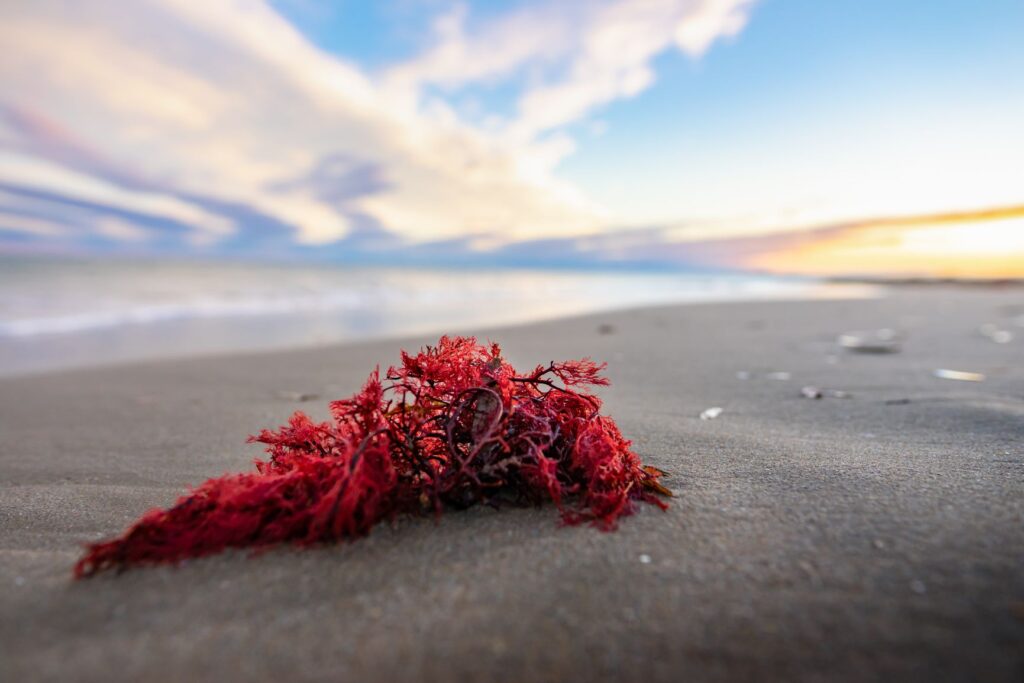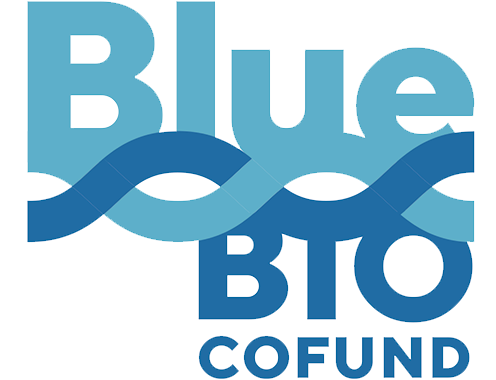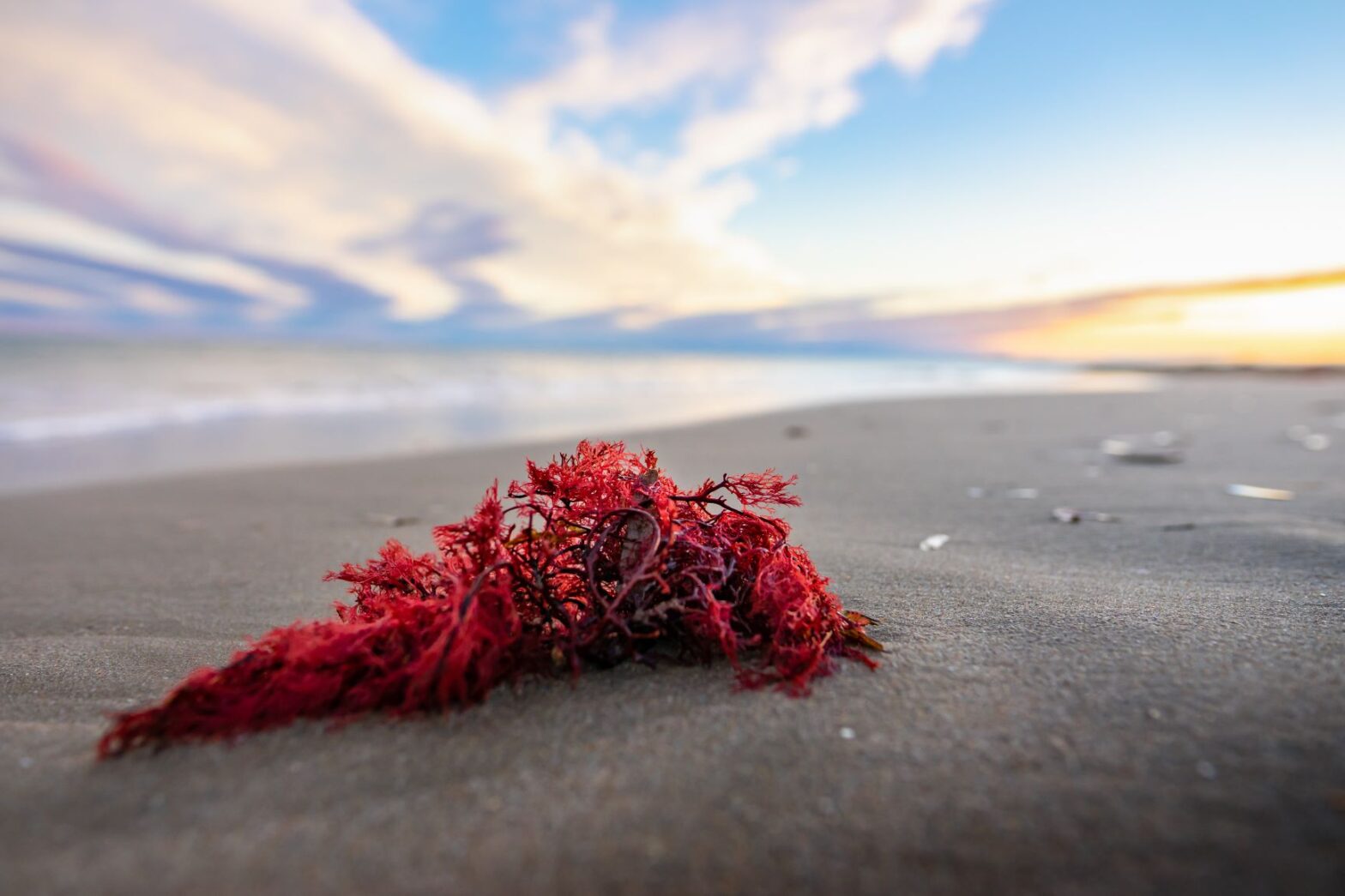
Total Value Chain Optimization of seaweeds Furcellaria lumbricalis, A bioeconomical ALGAE demonstration
TACO ALGAE
TACO Algae will take a circular economy approach to evaluate two different red algae species in existing SMEs. The first one is currently harvested wild, while the other is cultured in a sustainable new cultivation system. The circular economy approach focuses on supply chain optimization and minimization of waste. Optimizations are performed with respect to extraction, characterization and utilization of red pigment, protein, lipids, carrageenan and bioactive compounds. The goal is to utilize all constituents and most importantly to find an optimal processing approach to yield the highest amount of the most valuable product, and then valorize the remaining components in the best way. As the pigments are currently viewed as the highest value component, we will first extract pigment with highest stability and investigate methods to obtain a colorant that can be utilized both in aqueous and lipid-based food products. The pigment quality, stability and suitability for integration in various product matrixes will be investigated. The lipid fraction will be characterized with respect to fatty acids composition to evaluate valorization, while carrageenan as already been marketed as texturizer and algae has also been used as biostimulants. Finally, bioactive compounds e.g. polyphenols will be investigated with respect to composition and antioxidative capacity. Life cycle assessment will be used to evaluate the most economically, societal and environmentally sustainable process, both with respect to order of isolation, volume of biomass to different markets, seasonal possibilities for biomass valorization, as well as the effect on societal infrastructure and the impact on the environment. The overall goal is to reduce waste, increase local competence based work places and ensure sustainable utilization of biological resources.

